The latest updates to our science collection with a spotlight on: Physics

Everyday Physics
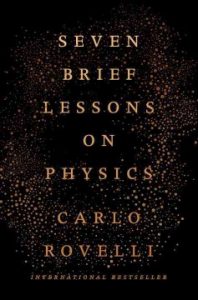 Seven Brief Lessons on Physics (October 2014)
Seven Brief Lessons on Physics (October 2014)
Theoretical physicist Carlo Rovelli, one of the founders of quantum loop gravity theory, breaks down some of the most basic laws and theorems acknowledged by contemporary physics. Not bad for a tiny volume that, according to the New York Times, outsold Fifty Shade of Gray in its home country. Compact and highly readable, this volume covers lessons from Newton, Einstein, and other scientific greats, and will have you looking at them in a new light.
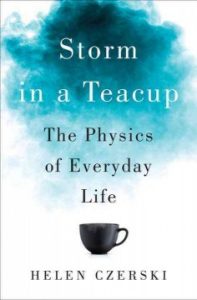 Storm in a Teacup: The Physics of Everyday Life (January 2017)
Storm in a Teacup: The Physics of Everyday Life (January 2017)
The book explores the scientific reasoning behind some of life’s little everyday puzzles, such as how different types of bubbles behave, why your cappuccino is so foamy, and how that magnetic bracelet you’ve been wearing really does help your wrist. Author Helen Czerski’s goal was to help show that “physics is much more accessible than people think.” While each problem discussed is seemingly small, Czerski weaves them together in a way that will leave you considering the whole.
Astrophysics & Cosmology
 A Big Bang in a Little Room: The Quest to Create New Universes (February 2017)
A Big Bang in a Little Room: The Quest to Create New Universes (February 2017)
Ever thought what it might be like to try to replicate creation of the known universe in a laboratory? Today’s scientists believe it may be possible to do just that. In her book, author Zeeya Merali spends several years studying scientists working to uncover and — someday — replicate the science of creation. While this book focuses more on the history of cosmology, delving into what we know now that supports the idea of laboratory replication, it raises questions and ideas that will leave even the most skeptic armchair scientist considering what may indeed be possible in the near future.
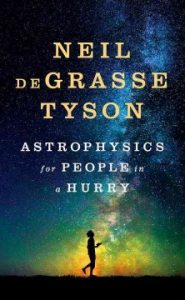 Astrophysics for People in a Hurry (May 2017)
Astrophysics for People in a Hurry (May 2017)
“What is the nature of space and time? How do we fit within the universe? How does the universe fit within us? There’s no better guide through these mind-expanding questions than acclaimed astrophysicist and best-selling author Neil deGrasse Tyson,” (W.W. Norton). Tyson returns with this short (considering the subject matter), information-packed volume for those with more interest in the galaxy than time may perhaps allow. A condensed, quick, and entertaining read for those who want to take their cursory curiosity to the next step.
Special Interest
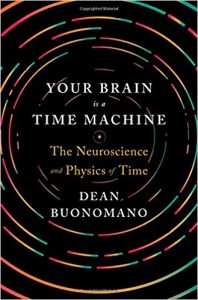 Your Brain is a Time Machine: The Neuroscience and Physics of Time (April 2017)
Your Brain is a Time Machine: The Neuroscience and Physics of Time (April 2017)
Whovians may be disappointed when they realize that this book isn’t about actual time travel. Instead, author Dean Buonomano examines the way the human species practices “time travel” in their everyday thought processes by looking at the brain and its extraordinary ability “to predict and prepare for the future.” While this notion might seem like “being human 101,” it’s actually a complex neurological process taking place, and one that separates mankind from many of earth’s other species. The book also takes a look at some of life’s most basic questions, such as “Why does time fly when we’re having fun?” and “Why does time seem to slow down in moments of extreme tension?” An accessible read into some potentially heavy subject matter.
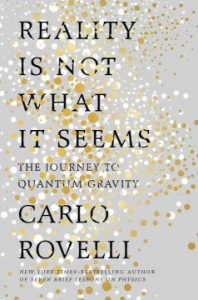 Reality Is Not What It Seems: The Journey to Quantum Gravity (January 2017)
Reality Is Not What It Seems: The Journey to Quantum Gravity (January 2017)
Those who have already been enchanted by Carlo Rovelli’s Seven Brief Lessons on Physics (above) will be excited to see him return with this new, equally slim-but-satisfying volume on quantum gravity. Rovelli takes us all the way back to the dawning of Western philosophy and up through the Age of Enlightenment and the Industrial Revolution in a discussion about the ideas and theories on which modern science is built. Emphasizing the key players in our journey to understanding current ideas surrounding quantum gravity, Rovelli explores space and time and how today’s scientists are approaching the idea of each. This volume tackles tough concepts, so, small as it is, be prepared to invest a bit of time unpacking the ideas inside.
